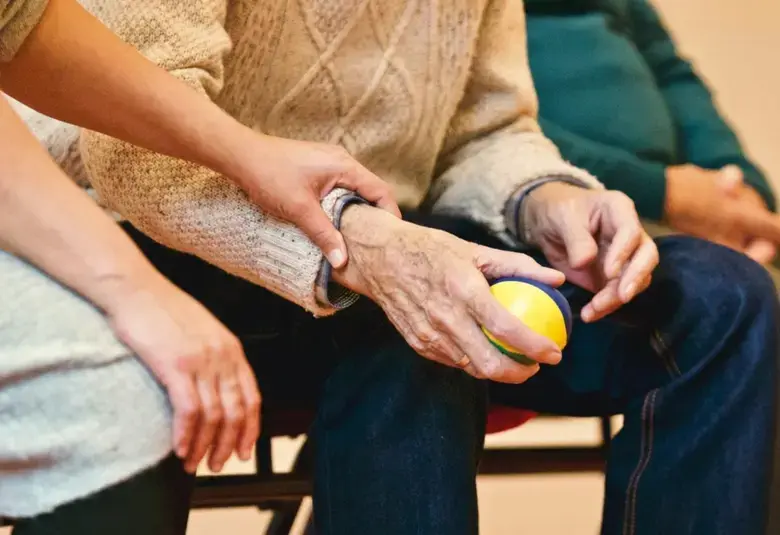Cognitive function is a very significant component for someone who is experiencing depression. It is not uncommon for these conditions to make people feel anxious and depressed about their living conditions, which in turn affects the progress of therapy. A literature search was carried out with an article search engine using the selected keywords to address questions.
Interpersonal trauma (related to relationships with people closest to you or neglect) shows a more significant impact in terms of memory and in making associations regarding the expressions and feelings that arise. This association process is also associated with the formation of network connectivity in the brain, whose capacity is linearly influenced by the trauma process itself. Apart from memory and association formation, other literature shows an influence on executive function.1-5
Continuous trauma will also trigger the chronic release of cortisol in the brain. The continuous release of cortisol will activate the release of pro-inflammatory cytokines, which will affect the decline in cognitive capacity and learning in the brain. In addition, these physiology changes detrimentally affect cognitive function and exacerbate the body's stress response, thereby increasing the response to stress itself. This process becomes a vicious cycle and makes each other worse if it is not supported with adequate treatment. Repeated and long-lasting exposure to trauma will increase repetitive association patterns that will be used continuously by a person when dealing with traumatic situations, and can affect interpersonal relationships and impair daily work productivity. This also shows that the process of exposure to trauma is a chronic situation that requires a more tailored treatment when psychiatric manifestations arise.6,7
This explains how emotional recognition can be impaired in someone who has experienced childhood trauma. Apart from a blockade in information processing, a decrease in the volume of the cortex and limited neurostimulation in the limbic and cortical pathways will further reduce the brain's capacity and conservation of emotional responses and understanding of the situation at hand. These processes can be explained when someone experiences a panic or anxiety attack whose entire focus and attention are focused on the stimulus that triggers their feelings of fear. Thus, the target of therapy aims to divert attention towards neutral stimuli. Therefore, in helping someone who has experienced childhood trauma, a consistent therapeutic process is needed to help create new schemas when faced with similar situations. This process consists of a therapeutic process that consists of exercises to focus attention on things that were previously fixed. The aim of this process is to provide adequate conditions for the formation of plasticity in the brain.4,5
The interventions carried out in the neurosculpting process are comprehensive to help patients experiencing depression see the situation they are experiencing from a different perspective. Exposure to new situations will also help patients see a broader perspective on their relationships as social creatures interacting with other people. The neurosculpting process itself is a symbol of the plasticity and adaptability of the brain, which can be conditioned optimally to develop and build new, more constructive associations. This will also ultimately improve the quality of life of someone experiencing depression, thereby increasing productivity, self-confidence, and building trust with other people.8




